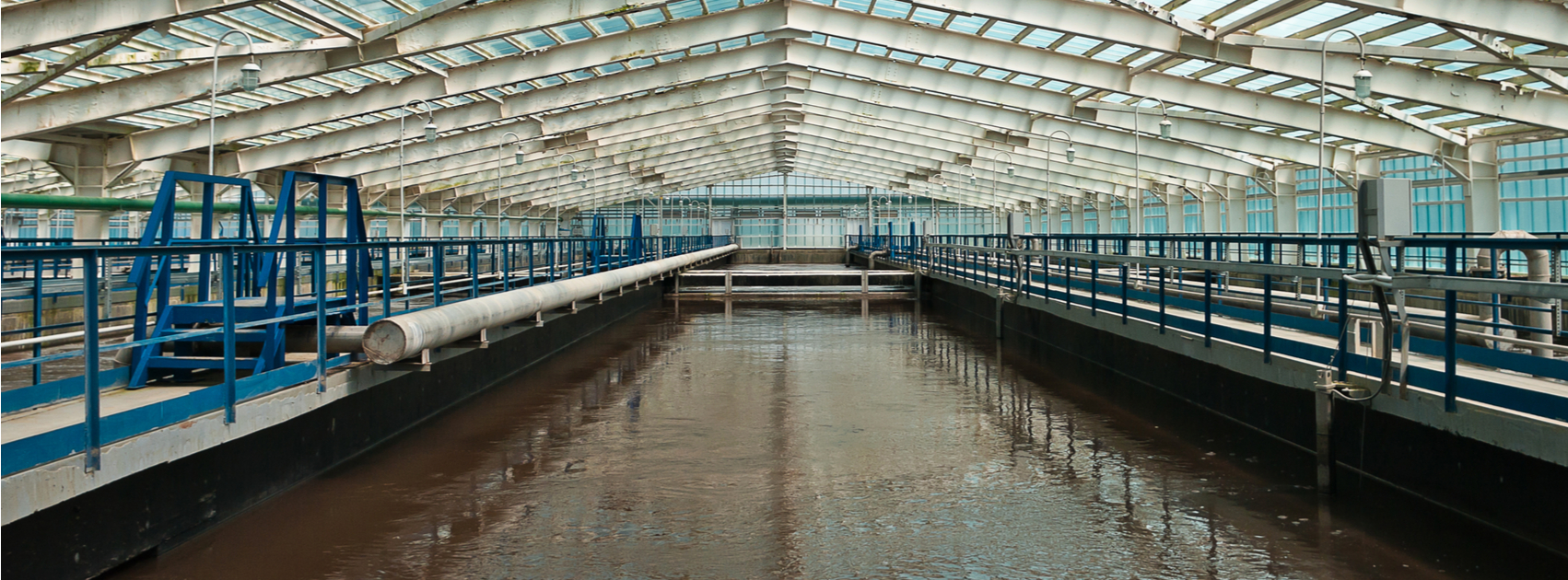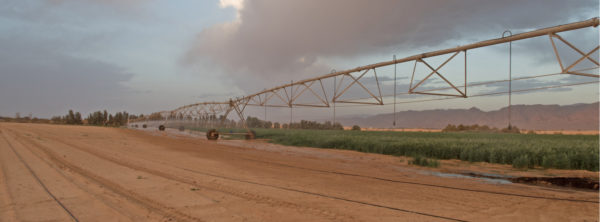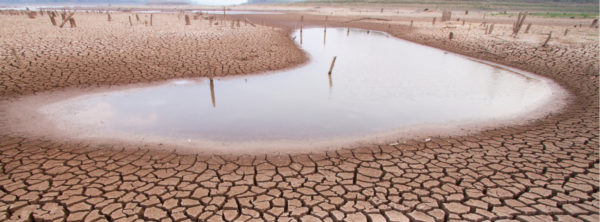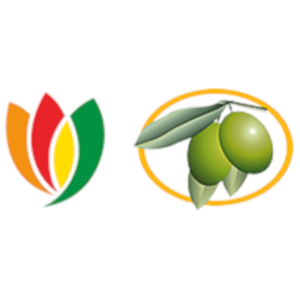Wastewater is defined as, “water that has been used in a home, business, or as a part of the industrial process such as commercial or agricultural activities.” Wastewater is any water that has been used by humans or that originated as surface runoff from a storm. Simply put, its name explains the definition—any water that has the potential to be wasted.
Wastewater has gained an unfortunate, not-so-desirable reputation. Images of stagnating ponds, stinky sewage, and mucky runoff are usually where your mind goes when you hear the word wastewater.
Types of wastewater and their sources
There are varying views regarding the types of wastewater. However, it can be narrowed down to 2 categories: domestic and industrial wastewater. Within the 2 groups, there are a number of sources…
- Domestic wastewater originates from:
- Any domestic, household activities such as running water from sinks, faucets, toilets, or washing machines
- Commercial, business, and institutional buildings
- Stormwater (rain, ice, and snow) and surface runoff
- Industrial wastewater originates from:
- Any manufacturing processes
Domestic wastewater is easier to treat than industrial wastewater.
How is wastewater treated?
After learning what wastewater is and where it comes from, most want to know how it's treated and if it can be used (or how it is already being used). We know that desalination is a treatment method gaining a foothold in farming and household use, and more recently as a viable option for drinking water.
But some turn up their noses to wastewater… but perhaps we need to consider it as a practical option when it comes to water conservation.
Most think of wastewater as sewage water, but as we have learned, wastewater encompasses any water that has been used in any way by humans. Therefore, treatment varies based on where it originates.
Wastewater treatment intends to eliminate suspended solids in the water as much as possible before returning it to the environment. The reason for the need for a quick turnaround in water treatment is due to what solid material does when it starts to decay.
Through the breakdown of solids in the water, oxygen is used. This leaves less available oxygen in the water, which plants need to grow.
The primary treatment uses a kind of screen to remove large debris so pipes and equipment down the line don’t get clogged.
According to the United States Geological Survey (USGS), primary treatment “removes about 60 percent of suspended solids from wastewater. This treatment also involves aerating (stirring up) the wastewater, to put oxygen back in. Secondary treatment removes more than 90 percent of suspended solids.”[i]
The secondary stage of treatment puts to use the bacteria in the water to remove organic matter. The Environmental Protection Agency (EPA) describes the secondary treatment process as follows:
“After effluent (liquid waste or sewage discharged into a river or the sea) leaves the sedimentation tank in the primary stage it flows or is pumped to a facility using one or the other of these processes. A trickling filter is simply a bed of stones from three to six feet deep through which sewage passes.”[ii]
How is wastewater used?
Unfortunately, water wasting is on the rise as the population grows. Fortunately, wastewater can be reused. Water is pretty amazing—when wastewater was dumped into streams and rivers years ago, it was slowly and naturally purified.
This process took time; therefore, with the rise in population and the increase in wastewater, we had to give nature a boost in the process by implementing treatment facilities.
Believe it or not, Israel recycles 90% of its wastewater—the highest percentage in the world. This technology can be costly, but having water accessible during droughts and dry seasons is critical to Israel’s agricultural success because it keeps production steady, as well as reliable.
The recycled water, although purified enough for consumption, is primarily used for agricultural irrigation.
Israel had to get creative and innovative with water out of necessity. We could be facing the same need sooner than we think.
How water recycling helps the world
The United States. In 2016, the U.S. Chamber of Commerce’s executive vice president, Myron Brilliant, strongly urged the U.S. to work jointly with Israel on water management issues. He made this statement about the projected issue of water use in the United States:
“…without any significant change in how we manage water, demand will exceed supply by 40 percent by 2030 and the cost to close this gap could be as much as $60 billion a year for the next 20 years. […] If left unresolved, costs stemming from water mismanagement could be seen in both our weekly grocery bill and the landscape of global geopolitics.”[iii]
The world. Though reusing wastewater isn’t the most popular way to conserve, this method is starting to make a global appearance. Countries such as Singapore, Australia, Namibia, and a few states in the U.S.—California, Virginia, and New Mexico—have taken the plunge and adopted this practice.
Go HERE to read the full article about ways Israel’s water management benefits the world!
Why does it matter?
Water is considered one of the most important natural resources available to us. We are beginning to see the devastating circumstances when rainfall declines and water sources dry up. The ripple effect leaves a mark that reduces food availability and increases grocery prices. News reports flash across our TV screens that highlight the impact of drought across the globe. No matter where we are, we can’t escape the effects of water shortage.
Therefore, we need to look at ways we can conserve this precious commodity. Is there a way to conserve water that also has a ripple effect—but a positive one?
Yes!
Conserving water in your own home is wise and doable. But to make an impact from your home that can conserve water in other areas of the world is difficult. Fortunately, the olive trees planted through sponsorships have that positive ripple effect you want to make.
The olive trees sponsored through My Olive Tree not only nourish the ground [go here to find out how] but also nourish souls.
When an olive tree is planted in the Negev Desert on an IDF base, in an Israeli kibbutz, or in the Kidron Valley—right outside of Jerusalem—there’s a ripple effect on the lives of so many.
Farmers are given a tree that they harvest for generations and reap 100% of the profit from. They are able to provide for their families, enjoy their jobs, and share the fruit through olive production businesses that then share it with the world.
In fact, that oil can come back to benefit you and your family! Because My Olive Tree sells high-quality, cold-pressed oil directly from our trees, and it’s available to you!
You can sponsor trees planted in the Kidron Valley soil, just outside of Jerusalem, in honor of a lost loved one as well as a victim of the Holocaust—and at the same time bless Holocaust survivors. Go [HERE] to find out more!
While ripples in the water eventually come to an end as they hit the banks of the pond, the flow from the olive tree never seems to run out—partly because they live for 500 years!
If you want to leave a legacy through conservation efforts, consider the legendary olive tree. It’s the peaceful breeze that moves the water that impacts the world.
[i] https://water.usgs.gov/edu/wuww.html
[ii] https://www3.epa.gov/npdes/pubs/bastre.pdf
[iii] https://www.reviewjournal.com/opinion/nevada-and-israel-together-can-shape-the-future-of-water/







